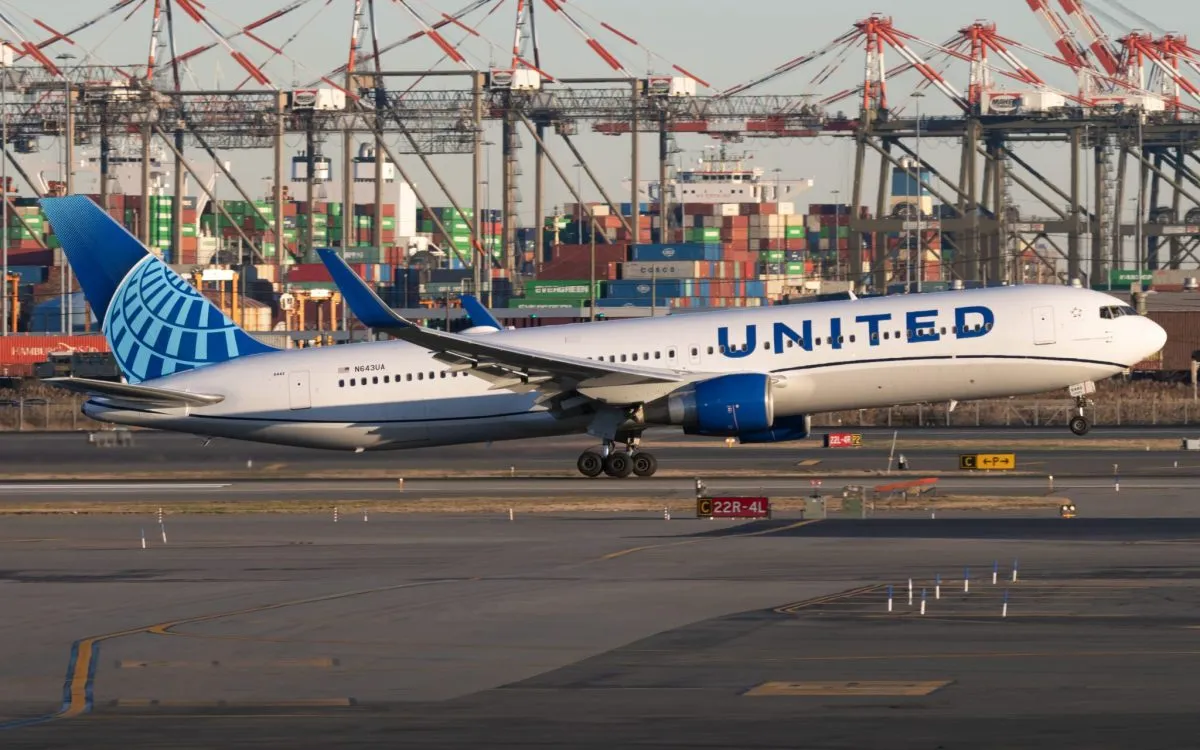American Consumers Brace for Trade Disruptions Amid New Port Fees

As the economic landscape continues to shift rapidly, American consumers are gearing up to face the real-world consequences of significant trade disruptions affecting their daily lives. Recently, many shoppers on Amazon were taken aback to find that numerous beloved products had mysteriously vanished from the platform. This issue is far from being a solitary occurrence; entire stores on Amazon have disappeared, leaving consumers bewildered and frustrated. However, the ramifications of these shortages extend well beyond the online marketplace. Major retail giants such as Walmart, Target, Home Depot, and various large dollar store chains are currently grappling with a substantial crisis. This unprecedented situation is compelling them to rethink their supply strategies over the upcoming months.
The challenges are compounded by the imminent introduction of new port fees that will significantly hike the cost of importing goods into the United States, especially from China. Soon, companies looking to export products to the U.S. will be subjected to exorbitant port fees, layered on top of existing tariffs. For certain goods arriving from China, this could mean facing tariffs as high as 245 percent, further inflating the financial burden on businesses.
While some companies may still pursue the sale of Chinese-manufactured products in the American market, the staggering cost implications are likely to lead to dramatically increased prices. As a result, many businesses may reevaluate the economic feasibility of selling these products in the U.S. marketplace. This shift is not merely about product availability; it also signals a potential surge in demand for similar items manufactured domestically, which presents its own set of challenges.
However, a significant hurdle persists: in many product categories, viable American-made alternatives are simply unavailable. Even if U.S. factories were able to operate at full capacity, it would be practically impossible to replace the vast assortment of goods that are customarily imported from China. Although the establishment of new factories could help meet these demands, such endeavors are often lengthy and fraught with uncertainty, and they require considerable financial investment.
Moreover, any investments made in U.S. manufacturing could be at risk due to potential political changes. The possibility of a new administration reversing current trade policies within the next four years looms large, creating a climate of uncertainty that discourages companies from committing to new facilities. This fear of substantial financial loss, should Chinese products find their way back into the market, creates a daunting environment for businesses attempting to navigate these turbulent waters.
As U.S. CEOs engage in crucial discussions about how to maneuver through this precarious situation, the immediate consequence is likely to be empty shelves across various retail outlets. The stark reality is that the United States simply lacks the domestic capacity to produce enough goods to meet consumer demand. If nations around the globe halt the shipment of vital products to the U.S., the result could be widespread shortages that impact consumers on a massive scale.
Recent developments from the U.S. Trade Representative (USTR) add further complexity to the already precarious situation. A notice released last week revealed that vessels built and owned by Chinese entities would incur substantial new port fees each time they dock at U.S. ports. These fees will be calculated based on the net tonnage of goods transported and are set to be implemented within the next 180 days. The USTR has indicated that these fees may escalate in subsequent years, marking a significant departure from earlier proposals that suggested imposing fees as high as $1.5 million per port call for Chinese-built vessels an approach that had sparked considerable backlash from the shipping industry.
Consequently, container ships arriving from China with goods destined for the U.S. will soon confront port fees that could reach staggering amounts. This substantial shift in trade policy has the potential to cripple trade relations with China, leading to a fundamental reevaluation of the existing economic landscape. In light of these new port fees, one must ponder: why would businesses choose to continue shipping products from China to the U.S. when the costs are anticipated to be so exorbitant?
The ramifications of these port fees are not confined to trade with China; they are likely to exert a chilling effect on international trade as a whole. Chinese vessels account for an overwhelming 98% of the trade ships navigating global waterways, and many experts had previously cautioned that the U.S. was not in a robust position to endure a prolonged economic conflict with such a pivotal player in global trade.
Interestingly, vessels built in China but arriving from countries outside China will incur lower port fees, although they will still face significant charges. Starting October 14, Chinese-owned and operated ships will be levied a fee of $50 per net ton, with an annual increase of $30 projected over the next three years. Conversely, Chinese-built vessels owned by non-Chinese companies will see a fee of $18 per net ton, also subject to annual increases. While these reduced rates may offer some relief, they are still expected to substantially impact overall shipping costs.
With these dramatic changes looming on the horizon, consumers may want to act quickly to secure their foreign-made products, particularly those sourced from China. Evidence is already emerging of increased canceled sailings by freight ships originating from China, as shipping companies strive to adapt to the shifting demands of the trade war and recent tariff announcements. Reports indicate a staggering 80 canceled sailings have been noted, reflecting a significant downturn in demand in response to escalating trade tensions.
The fallout from reduced freight traffic is likely to reverberate throughout the U.S. economy, affecting various sectors, including ports and logistics companies that play a vital role in moving freight. Each canceled sailing that typically transports 8,000 to 10,000 twenty-foot equivalent units (TEUs) could result in a decline of anywhere from 640,000 to 800,000 containers. This would lead to reduced crane operations, lower fees collected at ports, and a decline in the transportation of containers via trucks or railways.
As we approach this new reality, experts are already noting drastic measures being implemented by Chinese exporters. Reports suggest that some have opted to abandon their cargo mid-journey rather than confront the new tariff challenges. The port of Shanghai, which typically buzzes with activity, was recently reported to be nearly deserted following the imposition of a staggering 145 percent tariff by the U.S. This scenario signals that U.S.-China shipping could potentially diminish by as much as 50%, a situation that has never been encountered before.
Ultimately, the message is clear: if your household relies on products that are typically sourced from China, it would be wise to stock up now. Shortages are becoming increasingly inevitable. While some products can indeed be produced domestically, others may face supply constraints that could surpass the challenges experienced during the pandemic. Those who had hoped for a significant turnaround in U.S.-China trade relations may find that their wishes have materialized, ushering in a new and difficult economic era.
For further insights into this evolving situation, Michaels latest book, titled 10 Prophetic Events That Are Coming Next, is now available in paperback and on Kindle at Amazon.com. Readers can also subscribe to his Substack newsletter at michaeltsnyder.substack.com for ongoing updates.

























